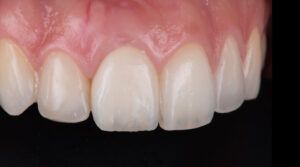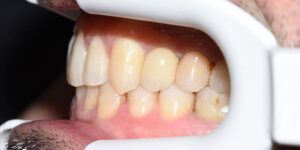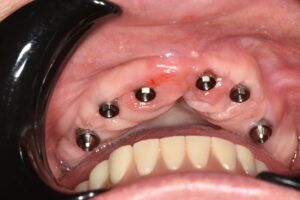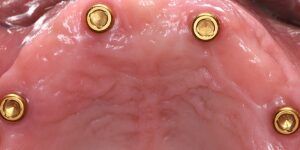Health professionals focus their clinical practice on personal clinical experience and the highest grade scientific evidence available.
Personal clinical experience depends on the activity and specific area of each professional, i.e., the number of procedures performed and their complexity in the context of heterogeneous clinical practice. In the case of implant dentistry, the clinical experience of professionals depends on the number of implants placed and interventions on more complex patients. As a result, professionals develop their skill and dexterity in implantology and have more knowledge about possible complications that may appear in the short, medium and long term.
In contrast, the maximum grade scientific evidence is beyond one’s own clinical experience and depends on the studies conducted to resolve clinical questions (such as, “What type of patients have a lower dental implant survival rate?”).
The studies that provide us with lower-grade evidence are descriptive studies about a case or series of cases, because the information is partial and not compared to information obtained from unexposed patients. The findings are observational and exposure is not assigned randomly, but by personal criteria or the therapeutic preferences of the physician or patient. There is no discussion of causality, so the results may coincide but are inconclusive.
Observational analytical studies and case-control or cohort studies yield medium-grade evidence, although they provide evidence of the effectiveness of interventions in routine conditions, as well as signs of the causality or attribution of the outcome to the intervention due to association or impact measurements. Potential confounders determined by exposure to an intervention, or possible biases or systematic errors, persist. That means, for example, that we can determine in analytical observational studies how many milled elements must be applied to achieve a better fit than with elements obtained by other methods of manufacture, such as casting or laser sintering, through the number needed to treat (NNT). However, we do not control the factors that determine whether a patient receives one type of element or another. Consequently, these studies are still subject to terms that are not always scientific or rational, but dependent on the preference of the physician or patient.
In contrast, experimental studies or clinical trials yield a higher grade of evidence, allowing us to determine the effectiveness of our interventions under concrete circumstances, as specified by strict selection criteria (inclusion and exclusion). The internal validity of such studies is optimal, but their external validity for other types of patients is limited or even questionable. It should be noted that such epidemiological studies are highly controlled and the monitoring of patients is strict, so better results can be obtained than those observed in routine clinical practice. However, intervention allocation confounders will be eliminated because allocation is random or randomized.
In order to continuously improve clinical care, we must increase not only our clinical experience, but research to achieve the maximum possible grade of evidence for the clinical question examined in our patients or populations, whether in observational epidemiological or experimental studies.







